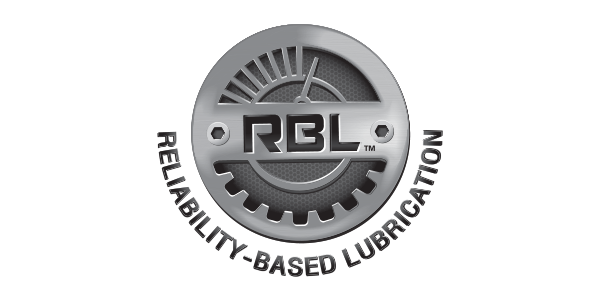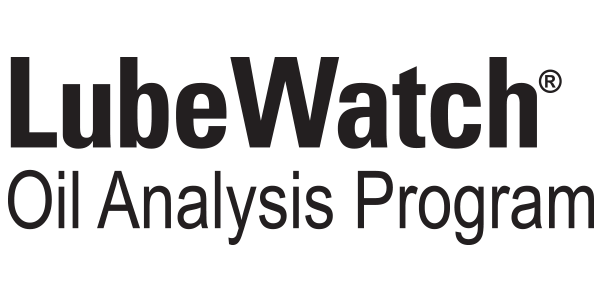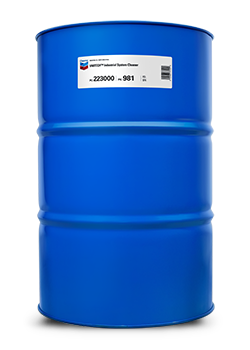
TURBINE OILS PROTECTIONPROTECT AGAINST VARNISH BUILDUP
A reactive approach to varnish can cost you in even more ways over the long run than it does today.
TO DEFEAT VARNISH, YOU MUST UNDERSTAND IT
How much do you really know about varnish?
Let’s take a deeper look at some of the ways varnish impacts your operation, including why it forms in the first place, which equipment types and operating conditions are more likely to experience varnish formation, and how some methods work—and don’t work—when you’re trying to halt varnish buildup in its tracks.
Frequently Asked Questions in Power Generation plants
Yes. And the treatment—or removal—of varnish depends on the type of varnish that has formed and how it was generated in the first place.
There are several examples of costs and fines associated with varnish buildup in combustion turbines. The costs may include chemical treatments, parts replacement for plugged filters, and the actual labor costs to replace those filters. Additionally, there may be fines and lost revenue for turbine trip events or failures to start.
There are several laboratories that perform tests to identify the varnish precursors in the oil before varnish forms in the turbine systems. Some of these include membrane filter patch tests or colorimeter tests.
INTERESTED TO MAKE VARNISH VANISH WITH CALTEX?
Complement with our Services
-

Reliability-Based Lubrication Program
Help your equipment and operations run more reliably, efficiently and profitably with our RBL Program. We’ll show you how to reduce costs with the right products, services and knowledge.
-

LubeWatch® Oil Analysis: Advanced lab analysis to improve your operation
As you optimise your lubrication program for peak protection and performance, attentive monitoring helps you continue to achieve the benefits. LubeWatch oil analysis helps you detect potential problems and fine-tune your maintenance practices to extend drain intervals, minimize failures and reduce costs.
